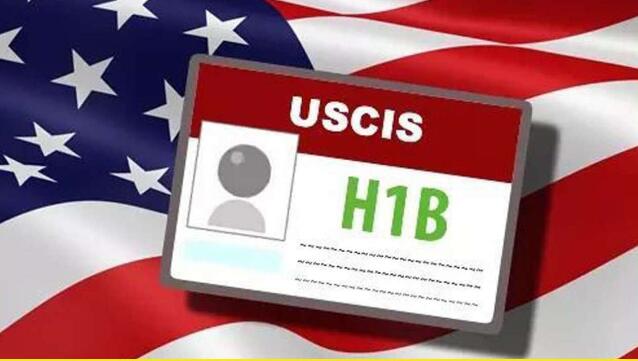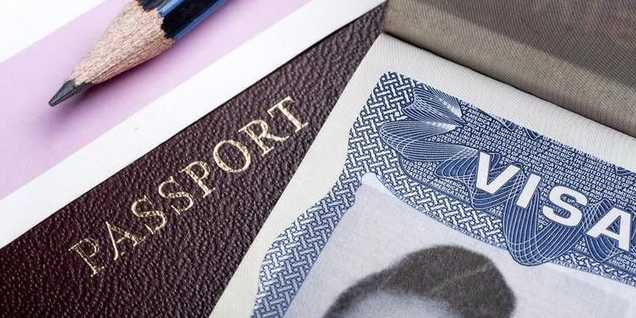If you’re visiting the United States on a B-1/B-2 visa and decide you want to study, there’s good news: you may be able to apply for the F-1 student visa, which allows you to stay in the country and begin your studies. Individuals with a B2 visitor visa can enter the United States and stay for a limited time. This is primarily utilized for tourism, visiting family and friends, and medical treatment.
Individuals with a B1 business visa can enter the United States for a short period of time to do business. This is a transitory visit, and the visitor/businessman must return to his own country by the date inscribed on his passport. The F1 student visa is granted to international students who intend to come to the United States to study for a certain course and then return home. This visa is non-immigrant.
The United States government enables some non-immigrant visas to be altered or converted to another form of non-immigrant visa under Section 248(a) of the Immigration and Nationality Act. While the purposes for which each visa type is awarded differ, the United States permits B1/B2 visas to be changed to F1 visas.
Eligibility
For many students, the opportunity to study in the United States is a once-in-a-lifetime opportunity that comes as a consequence of years of hard work. If you are not a US citizen or permanent resident, you will require a valid F-1 student visa to study, even if you have already entered the nation on a visitor visa.
Read Also: How Can I Transfer my F1 to H1b?
You can still change to F-1 student status if you are in the United States on a tourist visa. If you wish to do this, you must already be accepted to study at a U.S. academic school and meet all of the other F-1 visa requirements. You will also need to make sure your visitor visa is still valid.
When you entered the US on a B1/B2 visa, you should have met the following conditions if you want to qualify to transition to F1 student visa –
- You were lawfully admitted into the United States on a non-immigrant visa, a B1 or a B2 visa
- You have not committed any crime that would otherwise make you ineligible
- You are not inadmissible into the US under the law and have no inadmissibility waived
- You have successfully maintained your status, and your visa status hasn’t expired yet
It is upon the B1/B2 visa holder to prove that his intent to come to the US on the B2 visa was purely of a temporary nature and that there was no prior intent to switch to an F1 visa. If the consular officer senses that there was a preconceived intent of study, your visa will be denied.
However, if you hold a B1/B2 visa and want to study at one of the US universities, you can petition for a change of visa status from guest to student.
To apply for a change of visa status from visitor to student, you must submit the following forms and documents. Fill them all out and send them to USCIS –
- Form I-539, Application to Extend/Change Nonimmigrant Status. Keep in mind that you’re applying for a change and not an extension. So, fill in the answers to the questions accordingly
- Form I-20, Certificate of Eligibility for Nonimmigrant Student Status. This is provided by the college you seek admission to.
- Evidence of financial stability – Copies of bank statements, tax returns and any sponsor’s financial status to show that your ability to afford a US education and living expenses
- Proofs showcasing you have significant ties to your home country. This helps ensure that you’ll return once your program is over
- Additional documents showing your original intent to return to your home country when you had a B1 visa. This should reflect your intent before deciding to study in the US
Due to a change in US State Department regulation, F-1 visas can now be issued up to 365 days before the start date of your program, giving you extra time to apply for and get your F-1 visa.
Congratulations on being accepted to study at a Student and Exchange Visitor Program (SEVP)-approved school in the United States! You can update your status in two ways. One alternative is to apply directly to USCIS to modify your status while your B-1/B-2 tourist visa is still valid. If you pick this option, you must apply before your B-1/B-2 status expires. Alternatively, you can apply for a student visa through consular processing from outside the United States.
Changing your status with USCIS
If you want to modify your status through USCIS, you must first contact your SEVP-certified university or language school and get Form I-20 (“Certificate of Eligibility for Nonimmigrant Student Status”). The school’s Designated School Official (DSO) should mark ‘change of status’ as the Issue Reason on this form.
Following that, you must pay the I-901 Student and Exchange Visitor Information System (SEVIS) charge. Finally, you must submit Form I-539 (“Application to Extend/Change Nonimmigrant Status”) to USCIS and pay the filing and biometrics fees.
After submitting Form I-539, you must wait for USCIS to respond. While you wait, you should double-check that your original visitor status from your B-1/B-2 visa is still valid.
Consular processing
You may choose to apply for an F-1 visa through consular processing outside of the US. Before you may apply for a visa, you must be accepted into a SEVP-certified institution, as with the process for modifying your status. Then you must pay the I-901 SEVIS charge.
After you have paid this, your institution will issue you a Form I-120, which confirms your eligibility for the F-1 visa. Then, to travel to the United States as a student, you must apply for a visa at a U.S. embassy or consulate. The next stages will vary depending on which embassy or consulate you apply with, but in general, you will need to fill out Form DS-160, pay the application cost, and schedule an interview. If your interview goes well, you will be given a visa that will allow you to visit the United States on F-1 student status.
If you are a citizen of a nation that does not require a visa, such as Canada or Bermuda, you may be eligible to enter the United States without a visa and request admission as an F-1 student.


